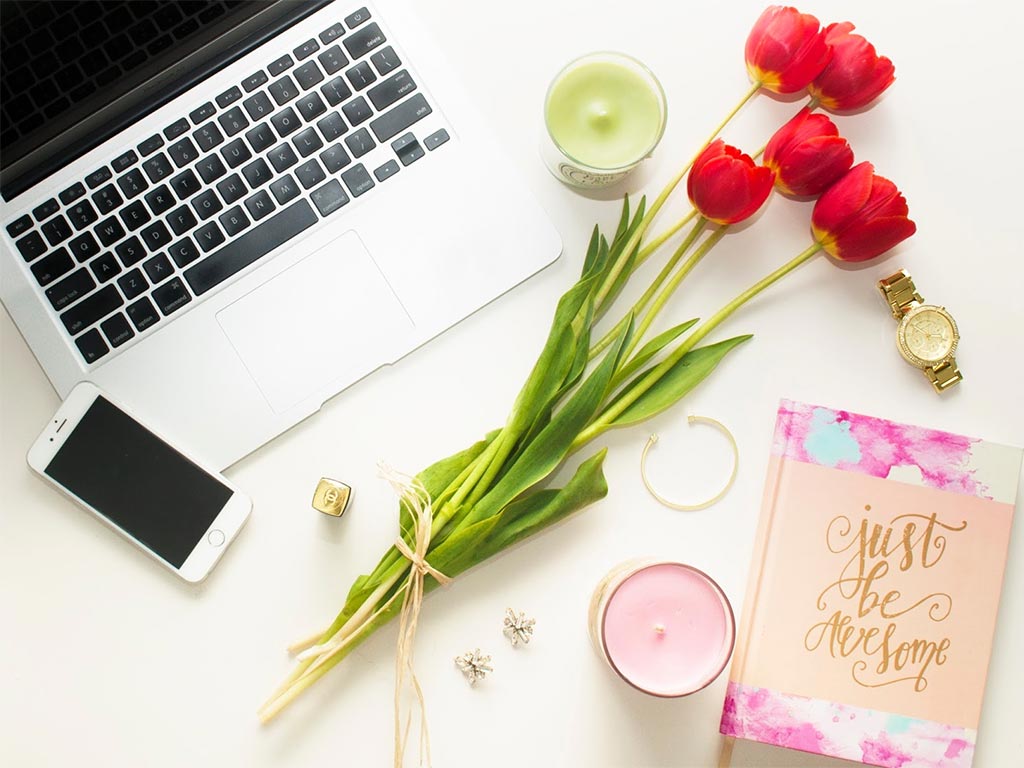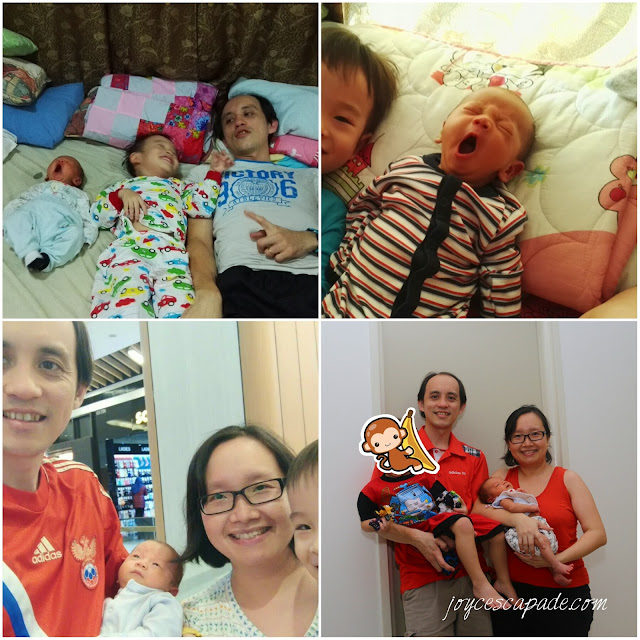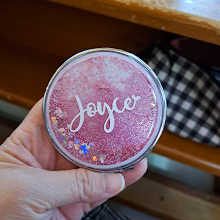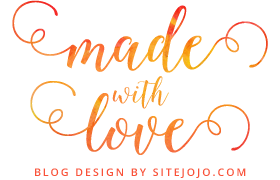Every birth deserves a story. My first birth story was written in 2013. Now in 2016, here's my second (and most probably the last) birth story.
A miracle, a gift from God
This baby is truly a miracle baby, a gift from God. He was conceived in the third month after a miscarriage. Even then, before the pregnancy test kit showed positive, I never thought I'd be pregnant in that cycle because there was so much spotting past the implantation window. But God had decided otherwise.
Starting 19/20 weeks pregnant, I experienced on and off brown spotting every 4-5 weeks. By 31/32 weeks, when spotting happened twice in a week, I admitted myself to the hospital, anticipating an early delivery but at the same time, trusting what my body was capable of doing. After taken the dexamethasone jabs, I was discharged with the diagnosis minor antepartum hemorrhage. By God's grace, baby decided to stay on till week 34/35 when spotting happened again. I was prepping myself mentally in case I gave birth to a preemie at that time. But baby stayed till 38w+2d before he decided that he should arrive on the day of my scheduled appointment on 6 Dec 2016.
Burst of energy
[5 Dec 2016]
Working from home
Splitting headache
Sudden urge to drink white coffee
Cranky, easily irritated
Publishing blog posts, I just had this weird feeling to tie up loose ends
The birth
[6 Dec 2016]
Woke up every 1.5-2 hours since 1:30am till 6:30am due to mild surges, I dismissed them as stronger Braxton-Hicks.
(6:30am)
Birth (bloody) show.
My toddler, who hasn't been waking up so early for the longest time ever, woke up and we talked and he nursed for a while.
(8am)
Boarded a Uber car to Pantai Bangsar for my 38th week obgyn appointment.
(9am)
Reached Dr Paul Ng's clinic, told nurse Premah about the show and surges and she directed me to the labor ward to get CTG done.
At
the labor ward, surges became more rhythmic but still manageable
because I practiced breathing with every surge and kept on chanting to
myself that every surge brings baby nearer to me. I also kept reminding
myself to relax my jaws (not clenching in pain) because a relaxed jaw =
relaxed pelvic area.
I WhatsApped hubby to tell him to put the bag of food I've set aside earlier on into his car before he came over after dropping our elder boy at the babysitter. Luckily about two days before, we've put all hospital bags and car seat into his car.
(9:45am)
Dr
Paul came to the labor room, looked at the CTG chart on the machine and
said, "So today's the day yeah?" I remembered during the 37th week
appointment, I mentioned perhaps next time we met, it would be at the
labor room. Hah. Prophecy fulfilled.
Dr.
Paul did a VE (with my consent), I was 3cm dilated. I was surprised
because for my first birth, it took way longer and way more unbearable
surges to even reach 3cm. Dr Paul asked the attending labor ward nurse
(Shin Nee) to get me started with the admission process.
(10:30am)
Hubby
reached the labor room after sending our elder boy to the babysitter.
He bought Starbucks chicken-cranberries sandwiches for me because I was
hungry.
(11am)
I
managed to finish eating when surges that took my breath away started
in waves of every five minutes. At first I was sitting on the bed, with
hubby applying counter pressure massage on my lower back. Then for the
next two hours or so, I spent the bulk of the time riding the surging
waves on the porcelain throne. I didn't know about this at that time but
at the time of writing this birth story, I've read that our pelvic area
is conditioned to relax whenever we are seated at the toilet bowl. So
that explains my urge to stay on the toilet bowl to labor.
(1:45pm)
It
looked like I've reached the hallmark stage. I couldn't talk anymore.
Midwife (Yun Fong) did a VE with my consent. 8cm. Woohoo! I was so
relieved to hear that. Good job cervix! At one point I was making
pitiful crying sounds when Sister Seow the head nurse reminded me to
breathe and don't cry like that. Oops.
With
the help of Yun Fong and Sister Seow, I propped myself against the
bed's headrest and knelt on my knees - my favorite birthing position. I
heard someone mentioned station minus one, call Dr Paul.
(1:55pm)
Water bag broke soon after I knelt down. Bearing down sensations started. Dr Paul arrived.
I
quite welcomed the bearing down sensations because they were far less
intense than surges. I could take a rest while waiting for the next
wave, which was pretty much feeling like I was about to pass a very huge
motion. After the third wave of bearing down sensations, I finally felt
the famous ring of fire, i.e. the baby's head is crowning! From this
point onwards till baby's whole body was out, I remembered I was
vocalizing very loudly, like the sound of a war cry. I remembered making
arrrggghhh.... sound until the whole baby came out.
(2:18pm)
And..... Baby was born!
Skin to skin right away after Dr Paul coaxed a stunned me to turn around and take the baby.
Delayed cord clamping.
Baby was covered with some vernix and he wasn't wiped down.
Placenta was out on its own.
Superficial tear so Dr Paul stitched it up.
Breast crawl a little bit.
I was ravenous and lunch was so good! See photo.
Stayed in labor room till almost 5pm.
(6pm)
Transferred to two-bedded postnatal ward because there were 18 babies born and all single rooms were taken.
Roomed in with baby 24 hours and breastfeeding on demand.
The next day
[7 Dec 2016]
(2am)
Baby passed his first meconium and I proudly cleaned him up without calling the nurses.
(4am)
Baby pooped meconium again.
(5am)
More meconium!
My first selfie on the first night with my newborn. :)
(5:40am)
Nurse came in to bring baby to nursery for shower, jabs, and blood work.
(9:30am)
Dr Paul checked me and proceeded to discharge me.
Trainee nurses came over and taught me how to clean my stitches with antiseptic solution. I was pretty impressed.
(Noon)
Paediatrician Dr Yong came over and had a chat with us.
Hello baby!
Confinement menu chit for lunch.
I chose Braised Turmeric Chicken. Look at that amount of greens!
(6pm)
Discharged after baby's results were out. All normal.
(8pm)
Baby home!
Note:
8 days later, we went to NICU for his phototherapy treatment.
Diagnosis: Neonatal Jaundice ABO Incompatibility. All's well as we
continued with home phototherapy as suggested by Dr Yong. I will blog about this soon.




















































